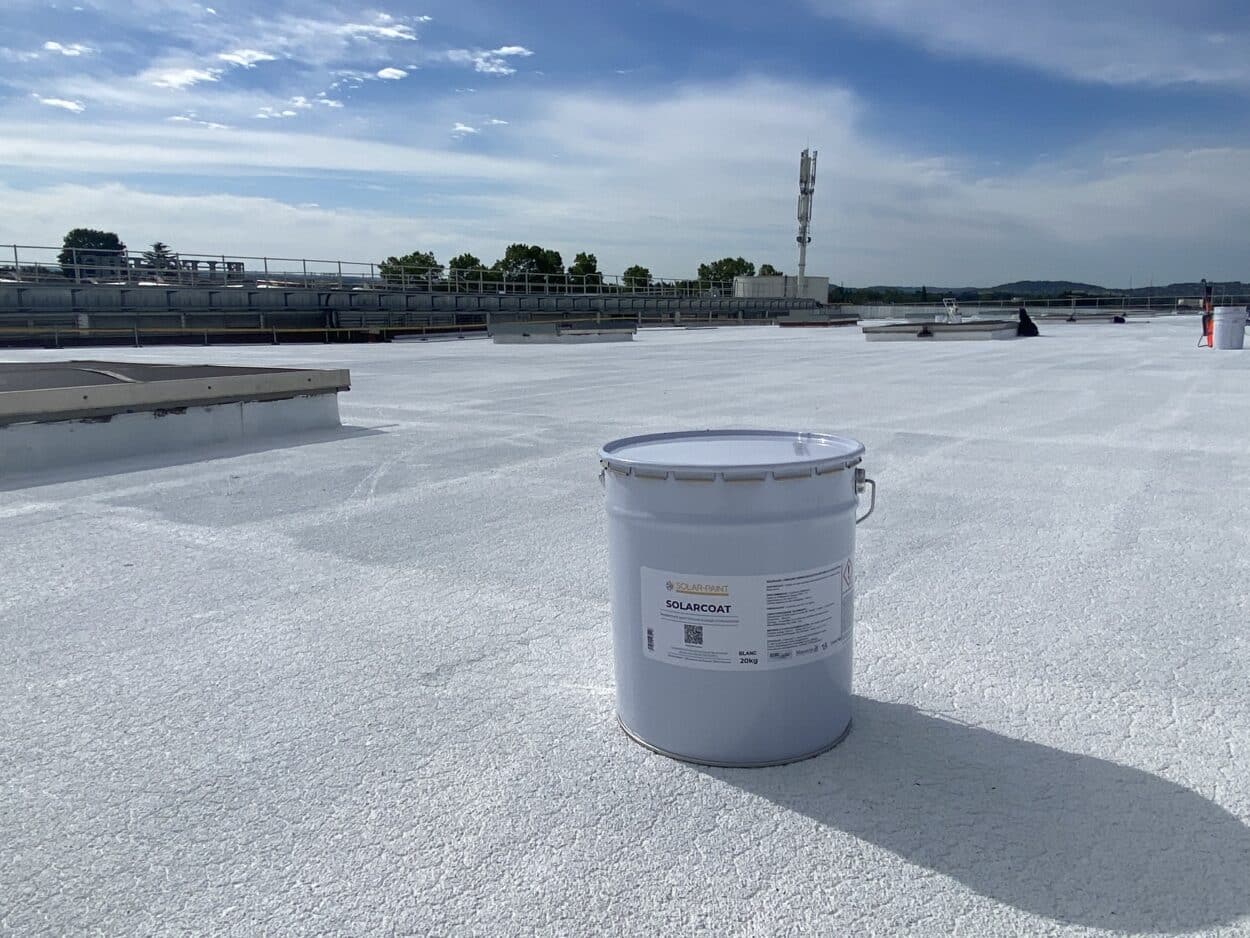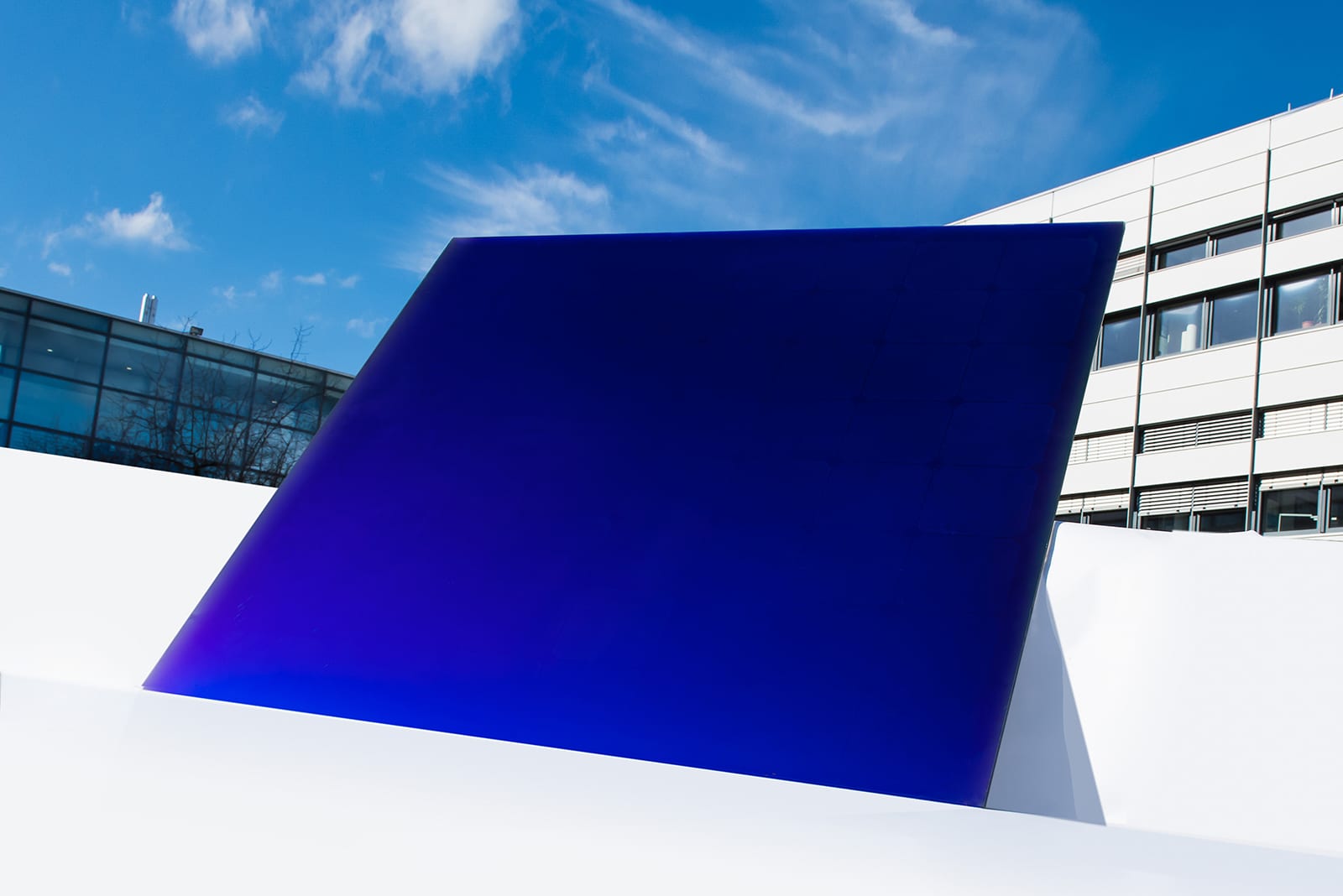How to move toward more sustainable construction? How to make future buildings energy-efficient and environmentally friendly? We selected 5 construction methods for more sustainable infrastructure.
Abigail Saltmarsh and Daniel Allen contributed to this article.
How can the construction industry achieve sustainable development goals, address climate action and decarbonize infrastructure? The materials and processes used in the construction industry can both be environmentally damaging.
According to Rodrigo Fernandes, Director of Empowering Sustainable Development Goals at Bentley Systems and European Climate Pact Ambassador:
“70% of greenhouse gas emissions come from infrastructure. They come from the building stage, from what is called the onboarded carbon which is the carbon that is spent in the construction process involving the materials that are used. If, for example, a construction player reduces their use of steel for a new building, they could improve the efficiency of the building and reduce its carbon footprint.“
Becoming green is the biggest challenge for the construction sector in the years to come.
Fortunately, sustainable construction methods and greener materials exist. Some of them even reconcile ecological imperatives with aesthetic needs. We selected 5 of them.
1/ Using Sustainable Materials Like Wood
Wood is a renewable resource that could enhance sustainability hugely in the construction industry. It is often hard to consider wood a fully sustainable material as it can also mean deforestation. But properly sourced, it is a big improvement over man-made products such as concrete and steel, which both have a massive carbon footprint.
In Europe, companies are developing new carbon-negative wood-based products that could be used as a substitute for traditional building components with high emissions levels.

Woodoo’s Wood
French company Woodoo developed what they call an “augmented wood” whichy they say is durable, translucent, rot-resistant, three times stronger than the original wood, and more resistant to fire. It also consumes 17 times less energy than glass, 130 times less than steel, and 475 times less than aluminum.
Metsä Wood’s
Based in Finland, Metsä Wood’s developed Kerto LVL (laminated veneer lumber), a mass timber product dedicated to urban constructions. This involves sticking pieces of soft wood (pine, spruce, fir, or sometimes birch, ash, and beech) together to form larger pieces such as for example columns and panel.
READ MORE
2/ Choosing Concrete for its Energy Performances
Concrete is a material that has a massive carbon footprint. However, engineers at South Korean Incheon National University have developed a novel cement-based conductive composite with carbon fibers that can also act as a mechanical energy harvester.
In other words, this new innovative TENG (triboelectric nanogenerator) system can generate and store energy. It could, for example, be used in buildings, to harvest energy from various energy sources (human motion inside the buildings, ocean waves, movement of objects, wind on the walls, and raindrops on the roofs) via contact electrification— a process where electricity is generated as a result of interactions between two materials.
READ MORE
3/ Utilizing White Paint to Cool Down Buildings
White paint has been used on buildings since antiquity to cool them down. Indeed, the white color reflects heat which is not the case with darker colors. It is therefore no coincidence that in many hot regions of the world (Greece, North Africa …), the facades of buildings are painted in white. This ancient solution is very effective and affordable against heat.
Today, with repeated heat waves, returning to this millennia-old method is a definite advantage for cooling buildings without using air conditioning.

French company SOLAR PAINT has developed SOLARCOAT®, a reflective paint that is able to cool the interior of buildings by an average of 5°C. The process consists of coating the roofs with this white paint which has a solar reflection rate of over 92%. Such a solution could be important for future constructions, even if reflectivity indices are not yet part of the technical criteria for new infrastructure.
READ MORE
4/ Installing Aesthetical Solar Panels
Solar panels significantly improve the CO2 balance of a building. However, they are not popular design features among developers, planners, and architects because they are not enough aesthetically pleasing.
Therefore, the Fraunhofer Institute for Solar Energy Systems (ISE) developed photovoltaic modules that can be produced in a spectrum of single colors, through a technology inspired by butterfly wings to encourage designers to incorporate them into their projects.

These solar panels are available in a range of colors (blue, red, green) to enhance or blend with the building on which they are mounted.
READ MORE
5/ Replacing Artificial Aircon with Natural Air Conditioning
How can industrial buildings achieve energy autonomy and use less energy? How can we replace artificial air conditioning with free, natural and ecological air conditioning?
Italian company SINTRA brought an answer to this question. They developed an HVAC system based on perforated ducts and autonomous pulsers that removes the need for artificial air conditioning.
It starts with the introduction of a large mass of air into the building at the lowest outside temperature, (during the night, for example). This fresh air is stored thanks to the thermal inertia of the building’s structures (the floor, the walls…). It can then be used during the day when it is most needed.











